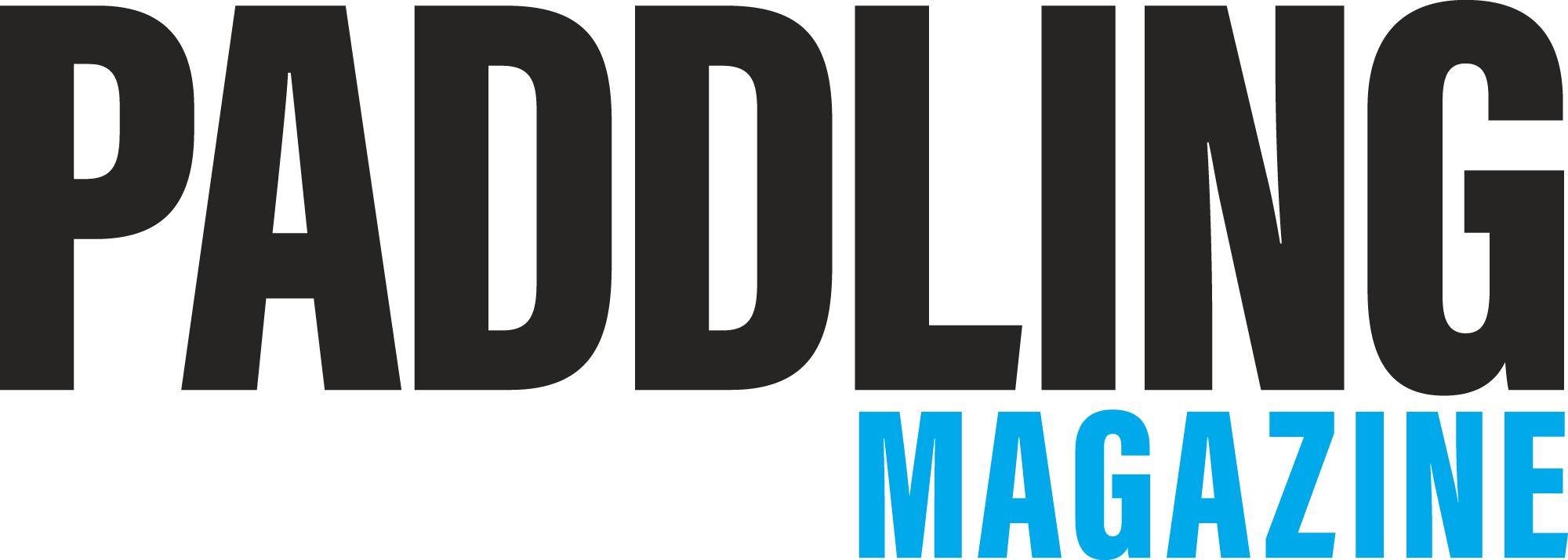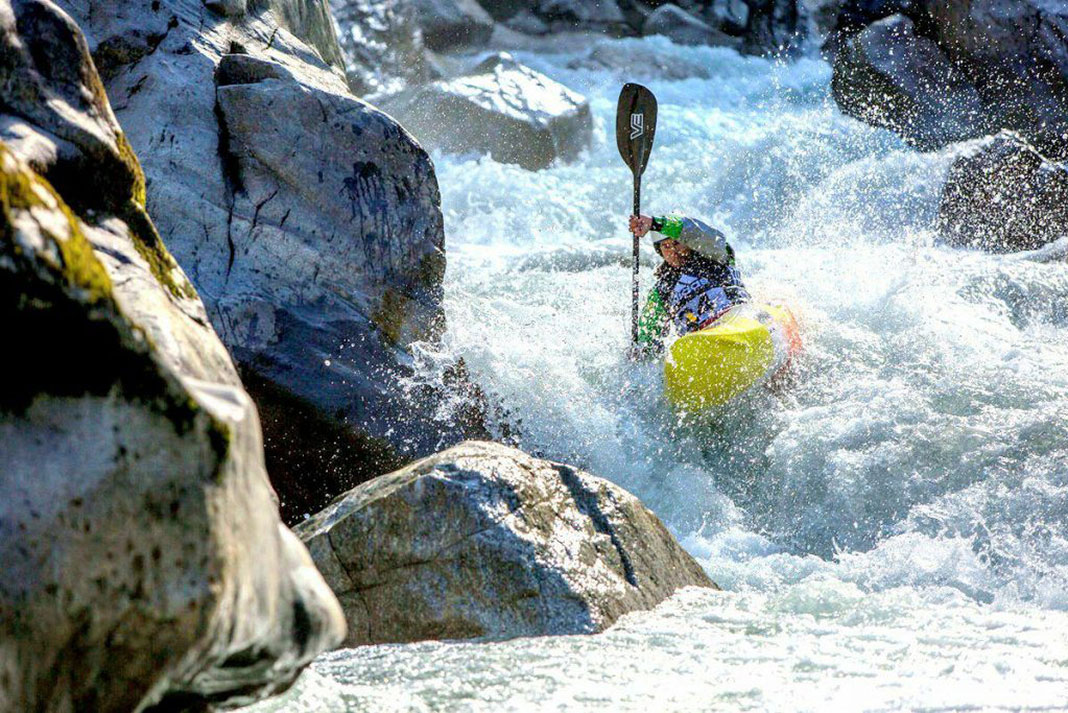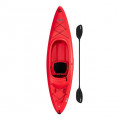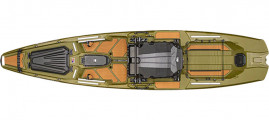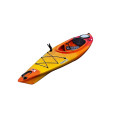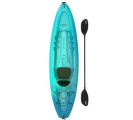The best kayak for beginners depends a lot on personal preferences and aspirations: every paddler is unique. Are you looking for a good beginner kayak for casual use with family and friends? Or do you want a higher performance kayak that will allow you to develop your paddling skills without requiring investment in another boat as you improve?
Are you looking for a beginner fishing kayak or something to keep on the cottage dock? Will you be paddling in warm or cold water? In sheltered or exposed environments? You may ask, What is the best kayak for beginners? The short answer is: It depends.
Happily, we’re here to help! Our Paddling Buyer’s Guide lists every beginner kayak on the market, including specs, prices, reviews and where to buy. This beginner kayak buying guide provides an overview of what’s available and where to find it—as well as providing answers to all your most pressing questions about finding a good beginner kayak.
Top picks: Best beginner kayaks for 2024
The following beginner kayaks have received the highest star ratings by reviewers in our Paddling Buyer’s Guide. See and review all beginner kayaks here.
Best Kayaks For Beginners
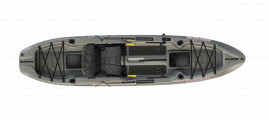
Boss 12 ss
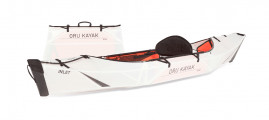
Inlet
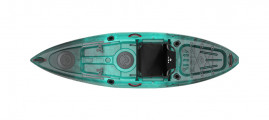
Vibe Yellowfin 100 Angler Kayak
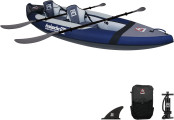
Voyager 2P
Shop beginner kayaks
Are you shopping for a beginner kayak? Overwhelmed by all the choices, options and places to buy? Follow the links below to discover what’s best for you based on your paddling aspirations. Links will take you to our comprehensive Paddling Buyer’s Guide, where you’ll find every beginner’s kayak on the market, including specs, prices, reviews and where to buy.
Shop by type
Sit-on-top kayaks for beginners
Best sit-in kayaks for beginners
Best tandem kayaks for beginners
Single kayaks for beginners
Recreational kayaks for beginners
Lightweight kayaks for beginners
Inflatable kayak beginners
Rigid kayaks for beginners
Beginner touring kayaks
Beginner whitewater kayaks
Playboat kayaks for beginners
Beginner river runner kayaks
Flatwater kayaks for beginners
Shop by body of water
Shop by brand
Ascend kayaks for beginners
Bestway kayaks for beginners
Bonafide kayaks for beginners
Capix kayaks for beginners
Feelfree kayaks for beginners
Jackson kayaks for beginners
Kaku kayaks for beginners
Lifetime kayaks for beginners
Markab Sports kayaks for beginners
NuCanoe kayaks for beginners
Old Town kayaks for beginners
Best Pelican kayaks for beginners
Perception kayaks for beginners
Sea Eagle kayaks for beginners
Star Inflatables kayaks for beginners
Sun Dolphin kayaks for beginners
The Crystal Kayak Company kayaks for beginners
Vibe kayaks for beginners
Wilderness Systems kayaks for beginners
Shopping for a used beginner kayak?
There are lots of beginner kayaks on the new and used market. The considerations of what is a good beginner kayak are the same whether you’re buying new or used from a paddling shop or privately. The first step of a diligent buyer is to do some homework on the specific attributes of the make and model kayak you’re considering; our Paddling Buyer’s Guide is a great place to start.
Once you’ve narrowed down your selection to a few cheap used kayaks, heed the following advice to get the best boat for your buck:
Overall condition
Overall condition reveals a lot about the quality of the kayak. Examine the deck (top) and hull (bottom) of the kayak for deep gouges (more than 3 mm or 1/8th of an inch deep); obvious abrasion (especially if the worn areas are a different color from the rest of the kayak); deformities (which will make the kayak paddle less efficiently); and fading (due to prolonged exposure to the elements).
Plastic kayaks (the material of choice for most recreational kayaks) are extremely durable and able to withstand plenty of abuse; some damage is fine, especially if the shape of the kayak remains intact.
Outfitting
Outfitting is the critical interface between the paddler and kayak, including the seat, back support, thigh rests and foot rests. Examine each of these parts individually and consider how effectively they work together as a whole—the easiest way to achieve this is by sitting in the boat (and ideally paddling it) to make sure it feels comfortable. A supportive and padded seat is obvious; also check the functionality of the kayak’s foot rests and back support, both of which are essential for more efficient and ergonomic paddling.
One of the drawbacks of many cheap kayaks is substandard outfitting. Take a close look and consider investing in a more expensive kayak if you plan on more serious paddling. Outfitting is easily modified with some glue, foam and DIY time so, if you’re handy, consider any upgrades you could make.
Accessories are often the distinguishing factor between fishing kayaks and general purpose recreational kayaks, so be sure to examine features like rod holders and live wells if you’re most interested in kayak angling.
On the water
It’s always best to try before you buy to make sure the kayak fits and performs as you expect. Arrange a meeting place with the seller that allows you to take a few moments on the water. Bring your usual paddle and dress in what you plan to wear while paddling.
Make a deal
In general (that is, before Covid-19) the typical starting point for a used kayak in moderate condition was about half its retail price. All that’s changed in the wake of boat shortages brought on by the pandemic, but you can use it as a starting point in haggling a fair price.
Add some accessories
Ask the seller if they’re willing to throw in a paddle, sprayskirt or PFD (make sure it fits and is Coast Guard approved for the location you’ll be paddling). Or, maybe you can save a few dollars if you have your own paddling gear.
For more tips on what to look for when selecting a used kayak, read our article How To Buy A Used Kayak.
Beginner kayak buying guide
Wondering what is the best kayak for beginners? That simple question is often a starting point for so many more. Try before you buy is the best advice to help find the perfect kayak for you. Borrow friends’ beginner kayaks to get a sense of what’s available and how different design elements fit your body and perform on the water.
Shop at paddling and outdoor specialty stores, which offer far more expertise (and a better selection of quality kayaks) than generic big box outlets. Lastly, favor retailers that provide the option of test paddling beginner kayaks before you buy.
Here are expert answers to some of the most common questions from beginner kayak buyers.
-
Best style kayak for beginners
The best style of kayak for beginners is perhaps the greatest variable to consider in buying a beginner kayak. But the answer is simple: It all depends on how you plan to use a recreational kayak, now and in the future.
Consider your aspirations: Do you want a cheap kayak that’s fun for the entire family? Or do you dream of developing your skills to progress to a more advanced kayak? It’s easy to pick up a cheap kayak but you’ll want to search more carefully—and spend considerably more money—if you want a higher performance boat.
While there are many similarities between fishing kayaks and recreational kayaks, the former usually include angler-specific upgrades such as rod holders, fish finder accessories, live wells and more. If you are more of a casual angler (especially if you’re handy) think about making a few DIY upgrades to a basic beginner kayak—you’ll end up with a versatile watercraft that’s friendly on the budget.
Finally, it’s very important to consider the type of places you wish to paddle. Do you plan on paddling in cooler conditions with the potential for wind and waves? If so, invest in a sit-inside recreational kayak with a closed deck and at least one watertight bulkhead for greater comfort and safety.
Fair weather paddlers, especially in warmer environments, may be most comfortable with airier, open deck, sit-on-top kayaks; these styles of beginner kayaks are also easier for launching and landing and feel less confining if you are claustrophobic.
-
What size kayak for beginners?
The best size of beginner kayak is highly personal and varies greatly between paddlers. Paddler size and weight are the most important variables. Larger bodies require larger kayaks for stability on the water; meanwhile, smaller people will struggle to paddle a larger, more cumbersome kayak. Larger, wider beginner kayaks are stable but have added resistance and less glide in the water than a smaller, more slender craft.
A typical beginner kayak ranges between eight and 12 feet for singles and 10 and 14 feet for tandems. Width is an important consideration for paddling comfort: choose a narrower kayak if you’re smaller (it will be easier to reach the water) or wish to develop your paddling skills (it will be sportier on the water). Look for single beginner kayaks with widths of 24 to 30 inches and tandems between 28 and 36 inches. A kid-specific kayak is the best choice for youth.
-
Best kayak brands for beginners
You’ll find countless manufacturers of beginner kayaks. Just like any type of consumer product, some manufacturers are better than others and each will have its own characteristics. In general, you’ll find better overall quality, more efficient paddling designs and upgraded outfitting (such as more comfortable seats and back supports) in beginner kayaks that are made in North America.
Beginner kayaks made outside of North America will be cheaper (which may be attractive to some buyers), with less attention to details. While hull design is relatively consistent in beginner kayaks from brand to brand, take a close look at the fit and finish of a kayak’s outfitting and accessories—features like the seat (is it adjustable and padded?), deck lines (are they secure and durable?) and hatch covers (do they appear to be reliably watertight?) to identify the best brands.
Our Paddling Buyer’s Guide lists every beginner kayak on the market to help you pick out a short list of options.
-
Best kayak length for beginners
The best length of kayak for beginners depends on your body shape and size and aspirations as a paddler. The general rule of thumb is that a longer kayak will be faster than a short one, and a shorter kayak will be more maneuverable and easier to handle than a long kayak. A shorter, wider kayak will also be more stable for larger paddlers or those with a poor sense of balance.
Consider a beginner kayak in the eight- to 10-foot range if you’re looking for a general purpose kayak for casual use. Look at a longer, more slender kayak (for beginner kayaks think 12 feet long by 24 inches wide) if you want a sportier, more advanced kayak with good glide.
Length is also an important consideration for beginner tandem kayaks. Besides being faster, a longer tandem kayak (12 to 14 feet is typical for a beginner model) will be more comfortable to paddle for two adults and require less coordination of paddle strokes.
-
Canoe vs kayak for beginners
The choice between a canoe or kayak for beginners can be a tough one. In general, a canoe is easier to enter and exit and offers more space and comfort for paddling. A canoe is also more versatile for tandem and single paddling and easier to load with gear for a day or overnight trip. However, it’s trickier to learn efficient paddling techniques in a canoe and beginner canoes tend to be slow and sluggish on the water.
A beginner kayak, on the other hand, requires less expertise to paddle efficiently (by virtue of the double-bladed paddle, which eliminates the need to learn the more complicated steering strokes necessary for paddling a canoe). Kayaks are generally faster and sleeker in the water and easier to handle in wind and waves. Decked, sit-inside kayaks also offer shelter from the elements and greater comfort in adverse weather conditions.
Ultimately, the choice between a canoe vs kayak for beginners often comes down to where you’ll paddle: Canoes are preferable for areas where portability is a concern (they’re far easier to carry overland, A.K.A. “portage”) whereas kayaks are better for larger, windier bodies of water.
-
Safest kayak for beginners
The safest kayak for beginners is a sit-on-top or a sit-inside kayak with a larger cockpit for ease of entry and exit and at least one bulkhead to ensure the kayak floats when it is partially swamped with water. Don’t discount the importance of bulkheads and watertight hatches if you intend to venture out on exposed water!
A bulkhead (preferably two, one in the bow and one in the stern) creates a watertight compartment that keeps the kayak afloat if water enters another part of the hull—a very important consideration should an accident occur. Furthermore, watertight bulkheads allow more advanced paddlers to perform open water rescues in the event of a capsize. A kayak without bulkheads (or with faulty ones) will float low in the water or even sink if it overturns or is swamped by waves.
Beginner kayak reviews
Once you’ve narrowed down your options, refer to our expert reviews of many beginner kayak models. These will help you identify whether the kayak will suit your paddling pursuits, and inform you on the boat’s comfort, performance and accessories, among other things.
- Inflatable Kayak Review: Tobin Wavebreak
- Kayak Review: Sun Dolphin Excursion 10
- Recreational Kayak Review: Perception Tribe 9.5
- Recreational Kayak Review: Wilderness Systems Pungo 120
- Fishing Kayak Review: SeaStream Angler 120 PD
- Recreational Kayak Review: Perception Swifty Deluxe 9.5
- Inflatable Recreational Kayak Review: Intex Challenger K1
- Fishing Kayak Review: Sun Dolphin Journey 10
- Recreational Kayak Review: Pelican Trailblazer 100 NXT
- Fishing Kayak Review: Sun Dolphin Boss 12 SS

